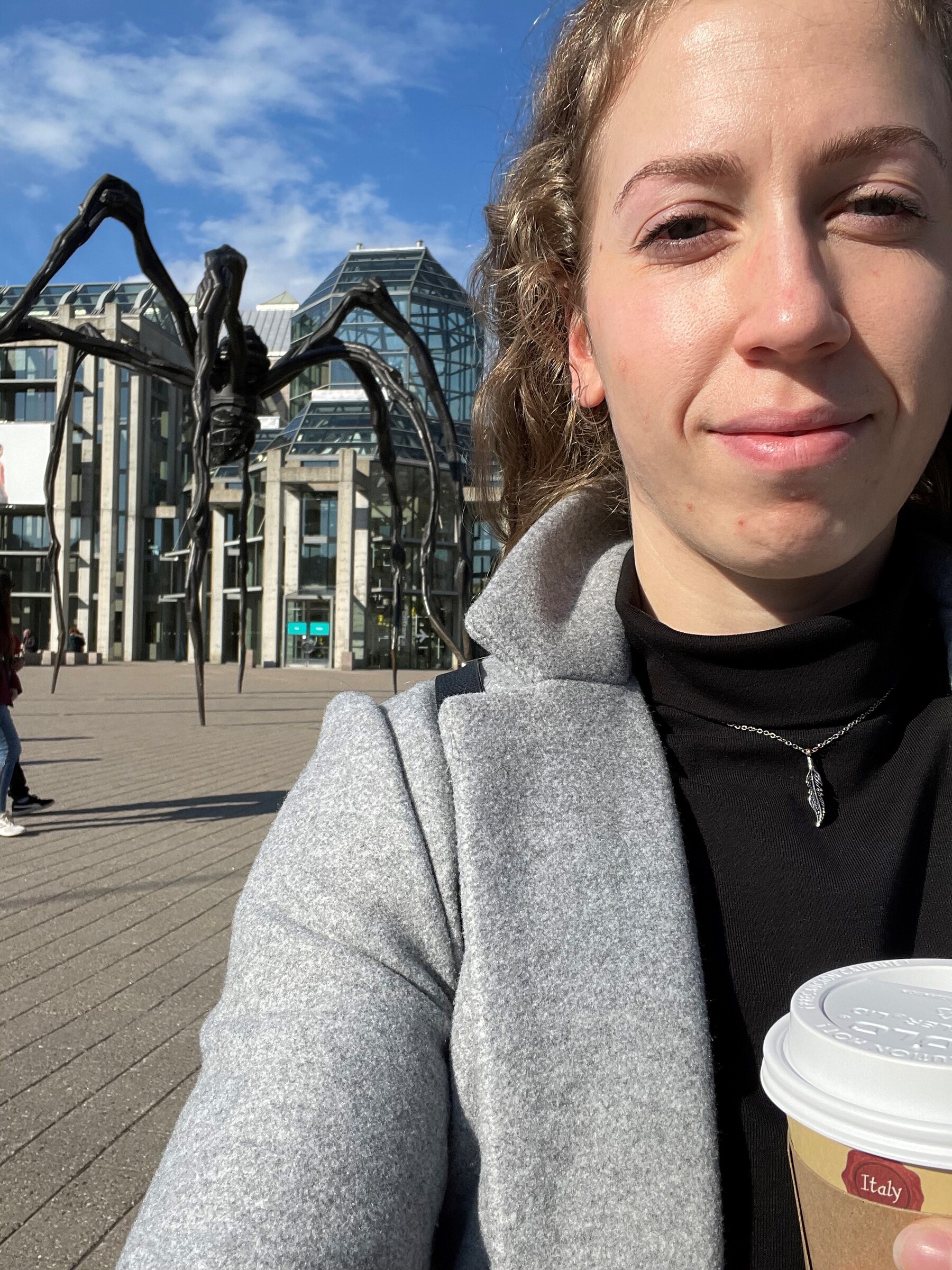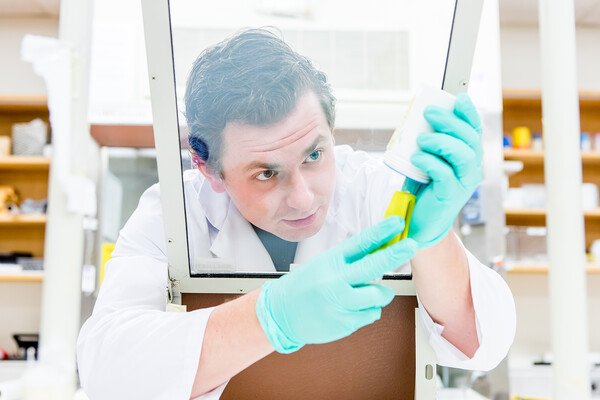Breadcrumbs
Student Profile - Allison Shaver
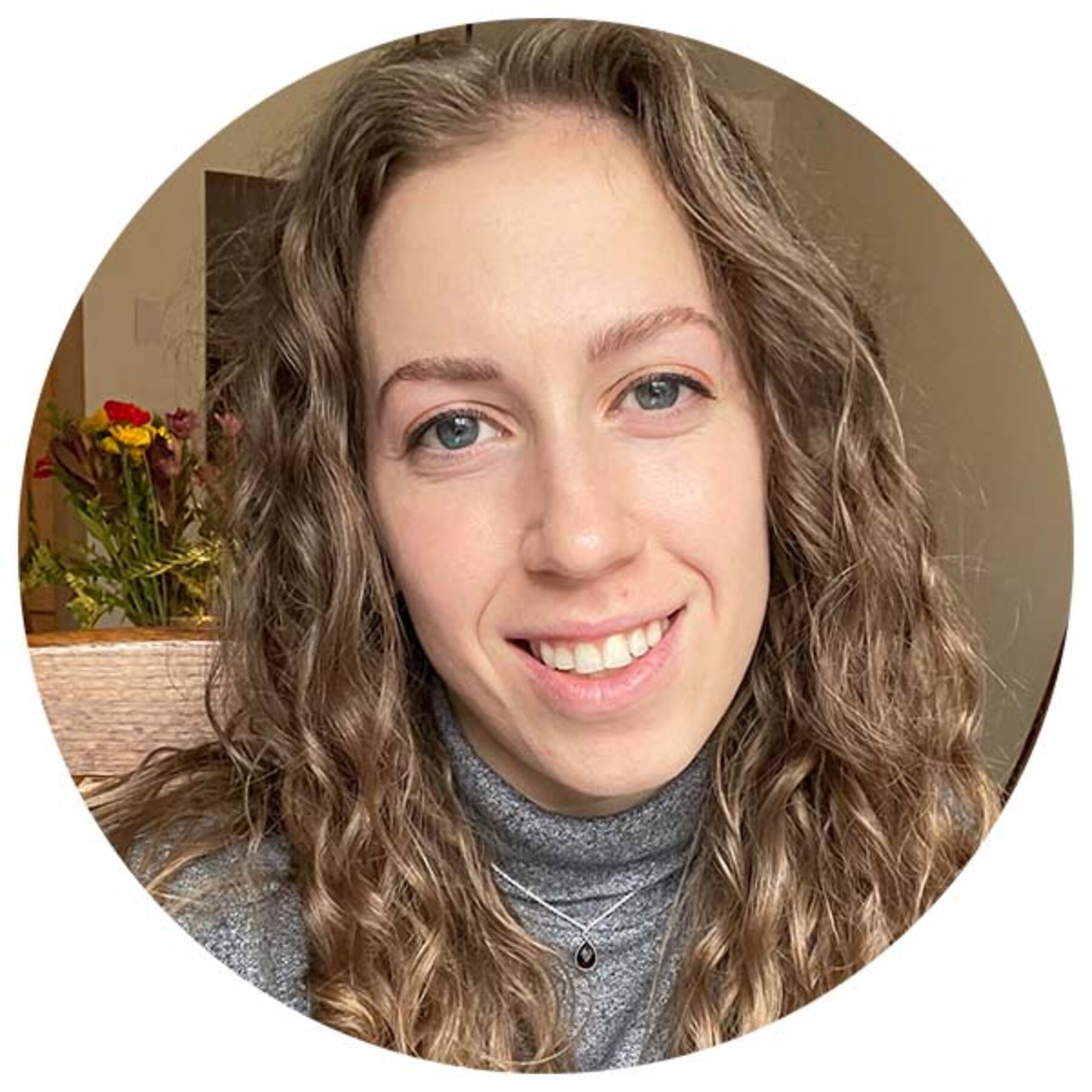
Allison Shaver
MRS Class of 2022 (Nuclear Medicine & Molecular Imaging Technology)
Clinical Site: The Ottawa Hospital
Hometown: Osgoode, ON
What and where did you study before joining MRS?
I completed my Bachelor’s of Science in Animal Biology at The University of Guelph.
How has MRS been different from your previous program of study?
MRS has been way more hands-on than my first program. With significantly more lab time and a better ratio of students to instructors, there is so much opportunity to practice the skills you need in your career. That, and the fact that the instructors put so much effort into your personal success. They really value you as people and your future in the profession.
What attracted you to the MRS program?
After finishing my undergraduate degree, I was looking for a hands-on professional program; something that lead to a job after I graduated. After hearing about the Michener Institute through a friend, I found that the MRS program was exactly what I was looking for. It is a condensed program, hands-on with lots of clinical experience and the job market is excellent for graduates (especially in Nuclear Medicine!).
What is an average day like during your clinical placement?
My hours vary slightly but most days I work 8 am to 4 pm. When I arrive at the nuclear medicine department, I will check the day sheet to see what the patient list looks like and get my camera room stocked and ready for the first patient. We typically have a wide variety of scans in a day, including bone scans, renal Lasix studies, ventilation/perfusion lung scans, sentinel node injections, gastric emptying studies and C14 urea breath tests. In the morning I help with injections, and then I begin imaging. Scans take anywhere from 15 minutes for a C14 breath test (looking for H. pylori bacteria in the stomach) to 2+ hours for a HIDA (looking at gallbladder emptying). At the end of the day, we check the rooms and ourselves for radioactive contamination, then sign out and head home to get ready for the next day.
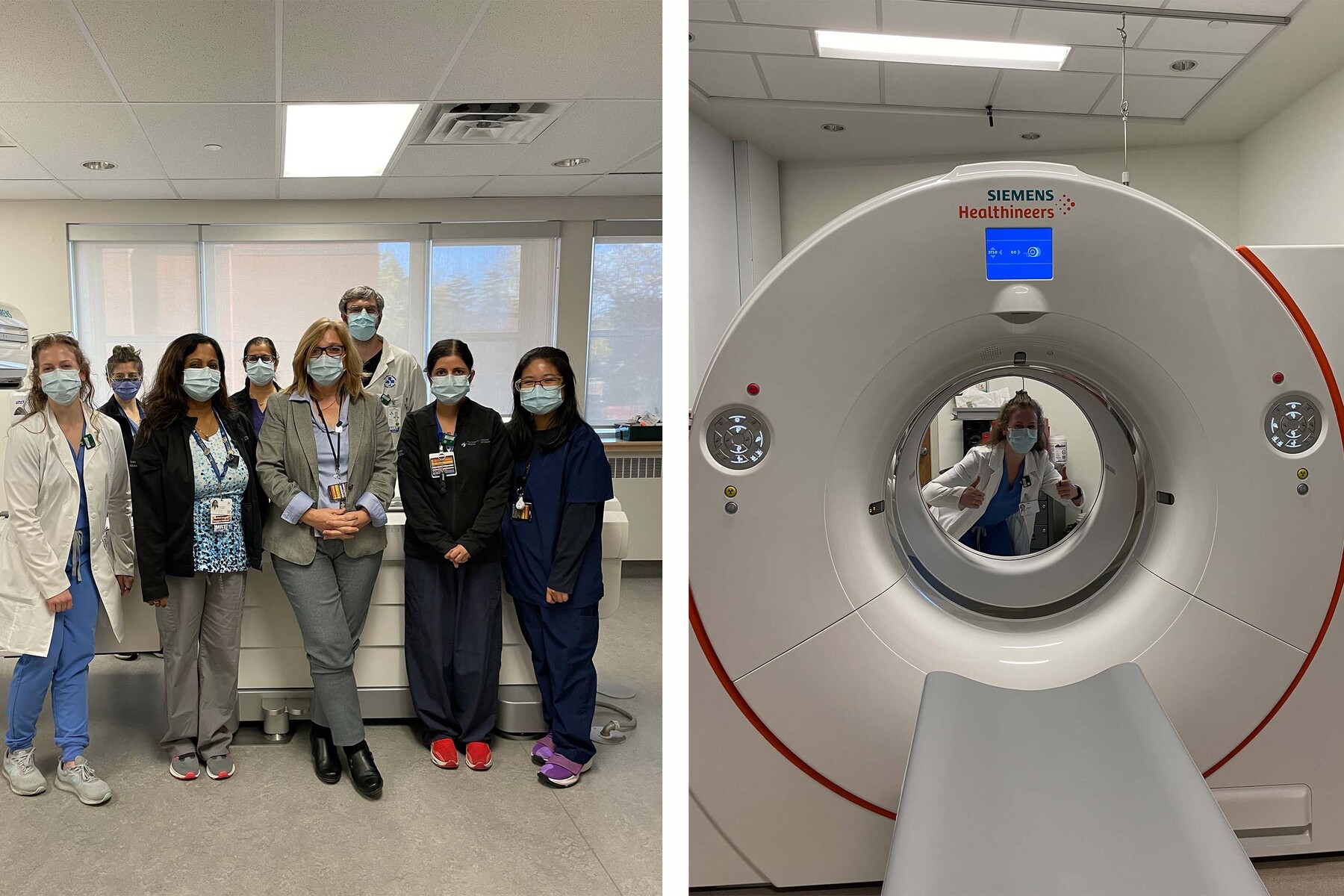
Does your clinical site offer any unique experiences or opportunities that are of specific interest to you?
The Ottawa Hospital is connected to the Heart Institute, which is a centre dedicated entirely to cardiology. This site does dedicated cardiac imaging in high volumes due to high demand. The nuclear cardiology department has 3 cameras in addition to 3 PET/CT scanners dedicated to cardiac PET scans. This site is an amazing place to come to learn about cardiac imaging as this is their specialty. The technologists that work at the Heart Institute know cardiac imaging inside and out and are super helpful when answering any questions you have.
What has been the most rewarding part of your clinical placement so far?
The most rewarding part of clinical so far is finding my place in my clinical team. I found that the team here in Ottawa has been very welcoming and open to letting me do anything I am comfortable with. There has been freedom to grow from my role as a student into the working MRT I will be next May. This means working more independently and doing more scans and processing with supervision instead of requiring assistance. It has been a very rewarding process.
What do you think will be the most rewarding part of being an MRT?
The most rewarding part of becoming an MRT in the future I think I already get a taste of as a student. In my department, I work very closely with patients and communicate with the physicians as well. I act as the link between the patient experience when they come in for their test and the doctor’s interpretation. My responsibility is to own that experience as well as the quality of the results for the interpreting physician. The way I act and the things I say can be the difference between an anxious patient or someone feeling better about their situation than they came in. I can also catch things that perhaps might have been missed on the standard imaging protocol and save the patient more imaging and testing.
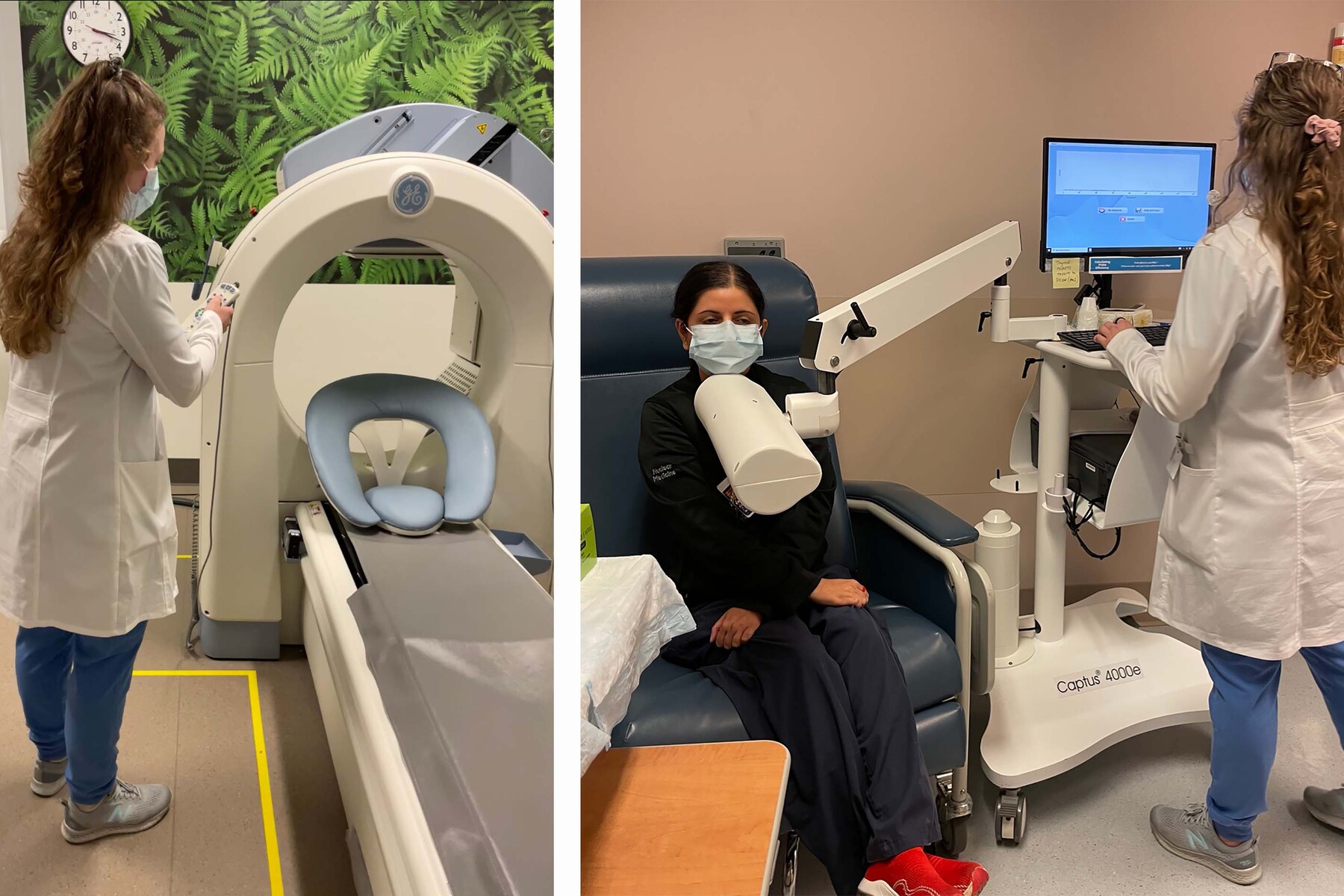
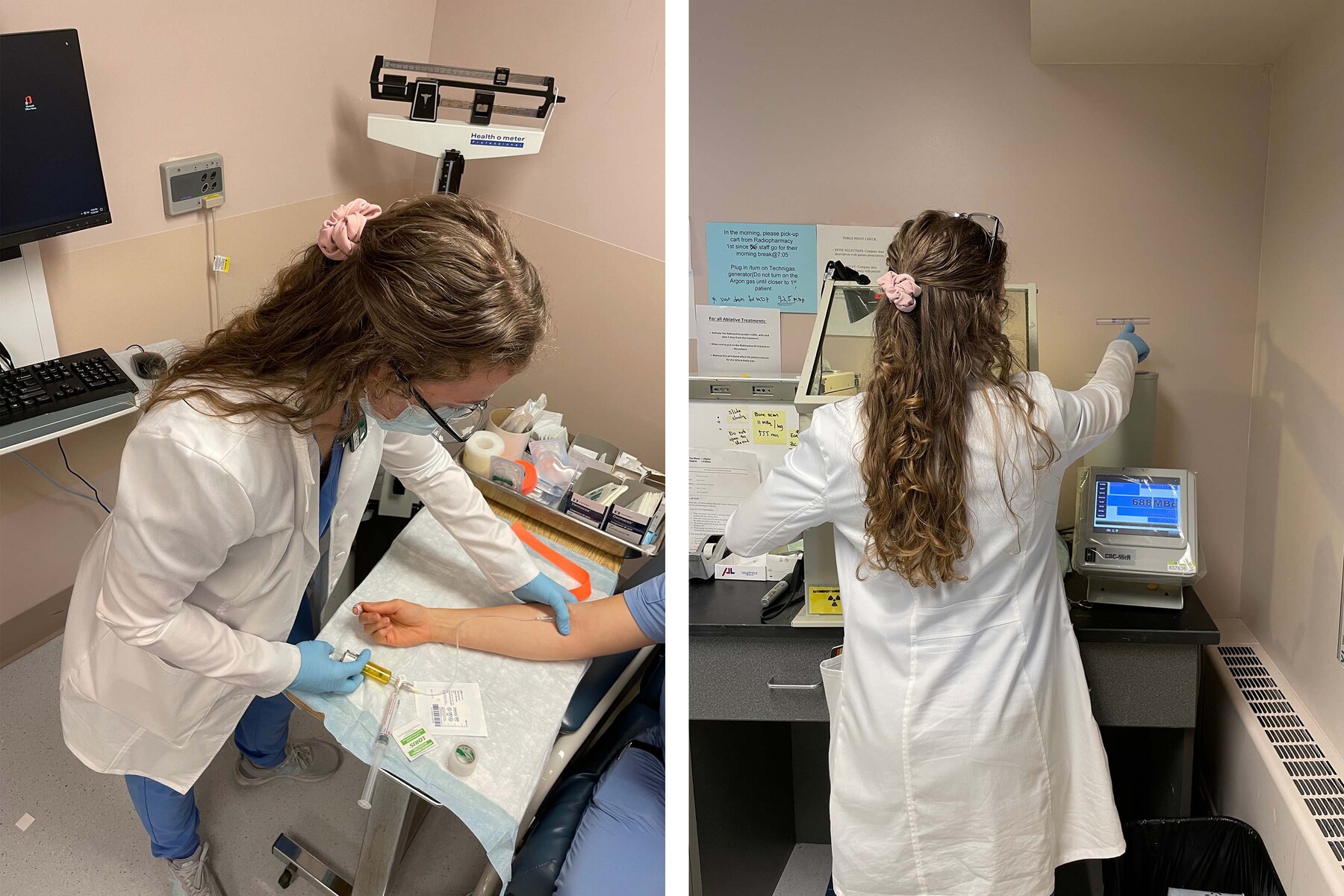
What are your plans for the future?
I am happy to say I have already been offered a job here in Ottawa and plan to stay with the Ottawa Hospital once I complete my clinical year. I am also planning on completing the MR certification, which I started as a selective at the Michener. The Ottawa Hospital has also offered to support my clinical placement for that so for now the future definitely lies in Ottawa.
What advice would you like to share with prospective MRS students?
If you are torn between this program and another, I can say that from personal experience that the job market in nuclear medicine is only going to grow in the next few years, and in some areas, there is already a shortage of MRTs. I would also say I wish I knew that the first year was going to be the hardest. First year has quite a steep learning curve with anatomy and learning about all the different imaging modalities. This is followed by a cross-sectional anatomy course that really challenges how you look at anatomy. But by working through the course work in small groups and with the help of your instructors it is really doable. This is not the same as your basic undergraduate biology course with 600 students and the professor doesn’t know your name. Everyone is here for your success.
